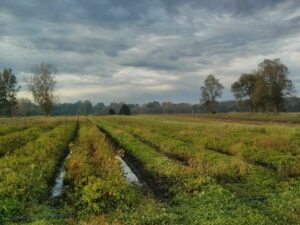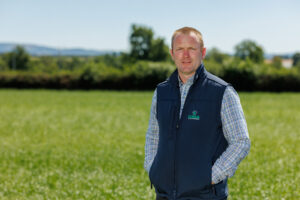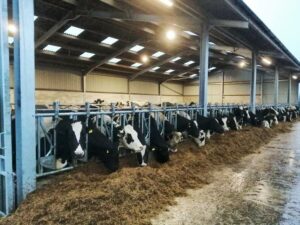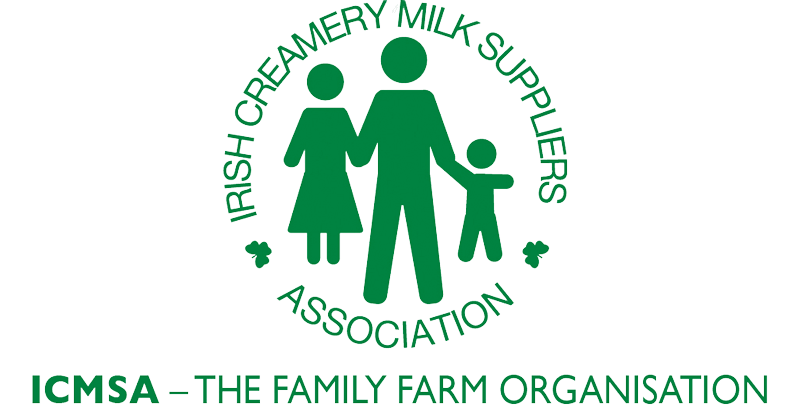
Johnes
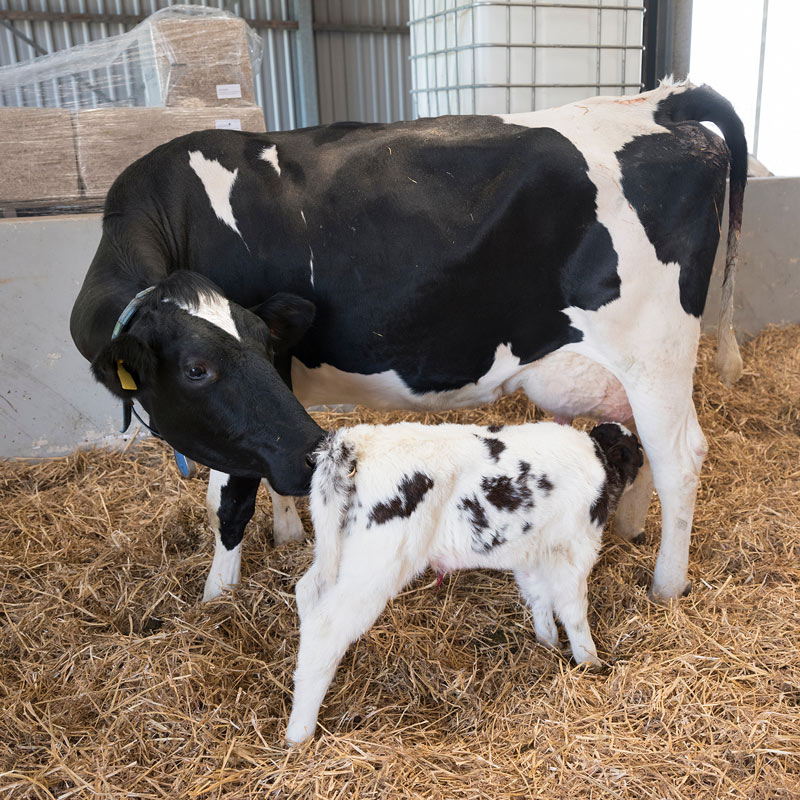
What is Johne’s Disease?
Johne’s disease is a bacterial disease of cattle and other ruminants for which there is no cure. It is caused by the bacterium Mycobacterium avium subspecies paratuberculosis (MAP), hence the other name for the disease Paratuberculosis.
Cattle usually become infected as calves early in life by drinking or eating milk or food contaminated with the bacteria, which are shed in the dung or milk of infected adult cattle.
On occasion, calves are already infected at birth, with this being most common when their dam has advanced disease. Sometimes one infected calf can infect pen-mates early in life. Once infected, the disease progresses slowly and silently.
The signs of disease will vary depending upon the stage of infection, how many bacteria the calf swallowed, how soon after birth this happened and how quickly the gut wall has become damaged. The signs of infection appear very gradually with reduced feed conversion efficiency leading to loss of productivity followed by weight loss, scour and ultimately emaciation and death.
Very commonly, signs of Johne’s disease won’t actually be visible until the animal has had three or more calves. However, even before signs are seen, the cow’s resistance to other infections may have already been weakened and she may well have been culled for poor performance due to mastitis, lameness or poor fertility, without this even having been linked to Johne’s disease.
How is it spread?
Infection is usually introduced onto a farm through the purchase of a single infected animal, including bulls. Another important route of entry onto the farm is contaminated colostrum or slurry.
Once the disease is in the herd it will spread slowly and silently to other animals, particularly young stock, as they come into contact with dung from an infected animal, or drink infected colostrum or milk.
How can it be controlled?
Once infection is present on a farm it is important to limit opportunities for calves to swallow the bacteria by removing the sources of infection and maintaining excellent standards of calf hygiene. The more successfully this is done, the fewer calves will be infected and the healthier they will be.
Any faecal culture or PCR test positive animals should be selected for culling and kept well away from calves before they leave the farm. By the time an infected animal tests positive on blood or milk it is highly likely to be shedding the bacteria in dung and milk, and these animals should therefore be prioritised for culling since while they remain in the herd they are a source of contamination of the calving environment. It is very important to keep the calving pens and calf rearing areas of the farm separate from each other and clean.
Remember, that a high standard of hygiene within the calf environment is crucial, i.e. calf areas must be kept clean and free of adult cattle dung. These measures will not only help protect them from Johne’s disease but also from other bacteria and viruses, particularly those causing diarrhea and pneumonia. Importantly, the bacteria causing Johne’s disease can be transmitted in colostrum and milk, both through the direct excretion of the bacteria in the milk of MAP infected cows and the contamination of milk with faeces e.g. dung-contaminated teats. For this reason, the use of colostrum or milk from infected cows, or ELISA test positive cows which are yet to have infection confirmed with a faecal culture or PCR test, should be avoided.
This includes avoiding the use of pooled milk and colostrum or waste milk where any of the contributing cows are test positive. The more years you have been rearing calves and keeping them away from bacteria causing Johne’s disease the healthier and overall more productive they will be when they become cows as each generation improves on the one before.
Support
Control Programme
Latest Headlines
- Sections
Contact Us
Telephone
+353 (0)61 314677
Address
ICMSA Head Office
John Feely House
Dublin Road
Limerick
V94 KX38


